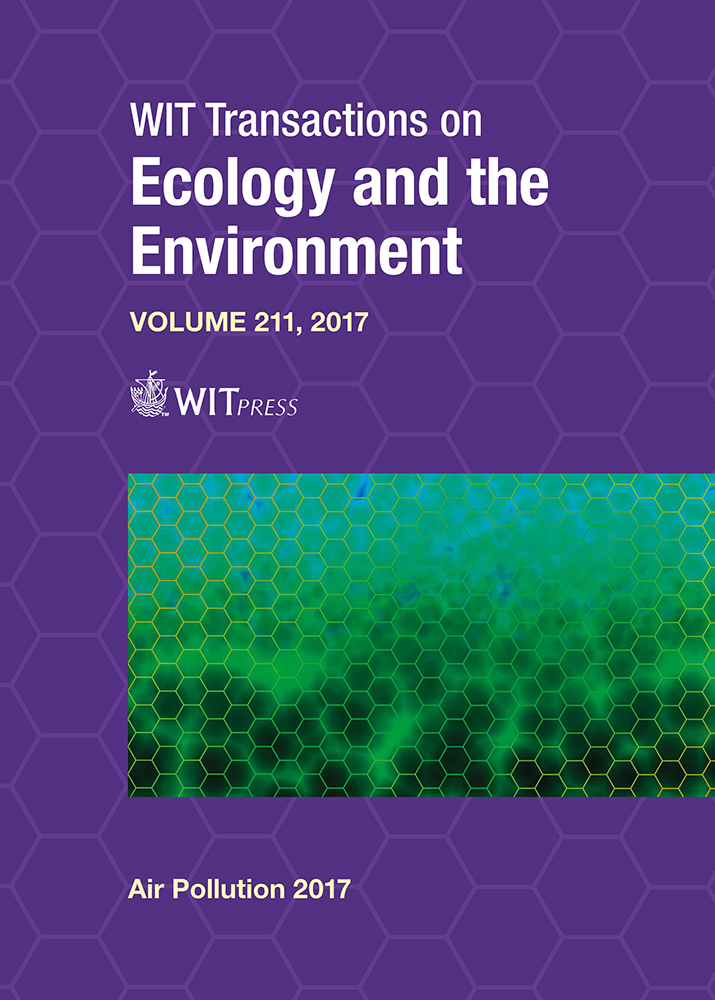AN ASSESSMENT OF PM2.5 REDUCTIONS AS A RESULT OF TRANSPORT FLEET AND FUEL POLICIES ADDRESSING CO2 EMISSIONS AND CLIMATE CHANGE
Price
Free (open access)
Transaction
Volume
211
Pages
13
Page Range
15 - 27
Published
2017
Size
612 kb
Paper DOI
10.2495/AIR170021
Copyright
WIT Press
Author(s)
MD. SANIUL ALAM, BERNARD HYDE, PAUL DUFFY, AONGHUS MCNABOLA
Abstract
This paper addresses the co-benefits of climate change mitigation policies to reduce PM2.5 pollution for passenger cars (PCs) using a scenario-based approach in Ireland. To analyse future scenarios (2015–2035), estimation was initially conducted in COPERT software. Emissions estimation was improved using an add-on module to the COPERT model that was capable of considering a range of future vehicle technologies and the contribution of additional non-exhaust PM2.5 emissions from road abrasion. A fleet, disaggregated at major fuel type, and at the level of newly registered and survived PCs, was required for this add-on module. The module was developed based on the concept, emission factors and fuel efficiency improvement factors from a number of previous research papers, and COPERT output, to estimate fuel-based emissions e.g. exhaust and non-exhaust PM2.5 and CO2 emissions. Three additional estimations were conducted in the add-on module: a baseline scenario that was similar to COPERT but accounted for a different disaggregation of the PC fleet, and two alternative scenarios. The two alternative scenarios were developed using an approach previously developed by the authors that addressed the existing Electric Vehicle (EV) policy in Ireland, and a possible ban on the sale of conventional vehicles powered by gasoline and diesel fuel in the future (in line with the planned actions of a number of EU cities). The results revealed that CO2 emissions continuously decreased in the projection period, however, reductions of PM2.5 reversed from the year 2028 due to increases in the non-exhaust component of PM2.5 emissions. Under alternative scenarios, a 57–69% reduction of CO2 could be possible whereas a 9-15% reduction for PM2.5 could be achieved in 2035. Non-exhaust PM2.5 was found to have a larger share (as much as 35 times that of exhaust emissions) in 2035 where alternative PCs such as EV represented a major share in the fleet. The research also provided a methodology capable of detailing the CO2 and PM2.5 emissions in future scenarios for a range of PC technologies.
Keywords
passenger car, policy analysis, CO2, PM2.5, co-benefit





